I was not able to upload my Presentation to the board nor was it able to upload in a PDF format. So, I opted to place it here and share the link with you all.
It is not the best presentation ever since I have limited time, and I am way behind.


Maria Montessori
- Maria Montessori was born on the 31st August 1870 in the town of Chiaravalle, Italy. Her father, Alessandro, was an accountant in the civil service, and her mother, Renilde Stoppani, was well educated and had a passion for reading.
- Maria was given entry to the University of Rome in 1890, becoming one of the first women in medical school in Italy. Despite facing many obstacles due to her gender, Maria qualified as a doctor in July 1896.
- At the age of twenty-eight Maria began advocating her controversial theory that the lack of support for mentally and developmentally disabled children was the cause of their delinquency. The notion of social reform became a strong theme throughout Maria’s life, whether it was for gender roles, or advocacy for children.
- In 1901 Maria began her own studies of educational philosophy and anthropology, lecturing and teaching students. From 1904-1908 she was a lecturer at the Pedagogic School of the University of Rome. This period saw a rapid development of Rome, but the speculative nature of the market led to bankruptcies and ghetto districts. One such area was San Lorenzo, where its children were left to run amok at home as their parents worked. In an attempt to provide the children with activities during the day to fend of the destruction of property, Maria was offered the opportunity to introduce her materials and practice to ‘normal’ children. There, in 1907, she opened the first Casa dei Bambini (Children’s House) bringing some of the educational materials she had developed at the Orthophrenic School.
- Maria put many different activities and other materials into the children’s environment but kept only those that engaged them. What she came to realize was that children who were placed in an environment where activities were designed to support their natural development had the power to educate themselves. By 1909 Maria gave her first training course in her new approach to around 100 students. Her notes from this period provided the material for her first book published that same year in Italy, appearing in translation in the United States in 1912 as The Montessori Method, and later translated into 20 languages.

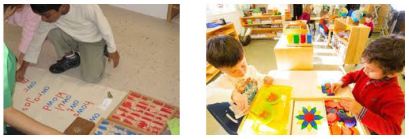
Teacher’s role
- The Montessori teacher, called “directress”, observes each child, his/her needs, capabilities and interests, and offers him/her opportunities to work intelligently and with a concrete purpose, to service the care of him/herself and of the small community in the classroom.
- The directress’ final objective is to intervene the minimum possible as the child progresses in his/her development.
- The directress allows the child to act, want and think for him/herself, helping him/her to develop confidence and inner discipline. The Montessori directress doesn’t give awards or punishments. Each child finds inner satisfaction that emerges from his/her personal work.
- When the child, based on his/her evolutionary development, is ready for a lesson, the directress introduces the use of new materials and presents activities individually or to a reduced group. With older children, the directress helps each child make a list of objectives at the beginning of the week and then the child administers his/her time during the week in order to achieve them. It is not the directress but the child him/herself who is responsible for his/her own learning and development.

Student’s role
- The prepared environment offers the child opportunities to commit to interesting and freely chosen work, which brings out long periods of concentration that should not be interrupted. Freedom develops within clear limits, and this allows children to live in harmony with others in the small society they belong to in the classroom.
- Children work with concrete materials that were scientifically designed, which provide them the keys to explore our world and develop basic cognitive abilities. The materials are designed to allow the child to recognize the error by him/herself and become responsible for his/her own learning.
- As mentioned in the teacher’s role, it is the child’s responsibility to meet the goal/objective written in the beginning of the week.

Classroom relevance
- The Montessori Method is characterized by providing a prepared environment: tidy, pleasing in appearance, simple and real, where each element exists for a reason in order to help in the development of the child. A Montessori classroom integrates children of mixed ages that are grouped in periods of 3 years. This promotes socialization, respect and solidarity among them naturally.
- The Montessori education covers all periods in education, from birth to 18 years old, providing a integrated curriculum.
- Montessori materials were scientifically designed in an experimental context within the classroom, paying special attention to children’s interests based on the evolutionary stage they were going through and with the belief that manipulating concrete objects helps the development of knowledge and abstract thinking.
- These materials allow children to investigate and explore in a personal and independent way. They make repetition possible, and this promotes concentration. They have the quality of “isolating the difficulties”, which means each one of these materials introduces a unique variable, only one new concept, isolating it and leaving the other concepts without modification. These materials have a “control of error”: the material itself will show the child if he/she used it correctly. This way, children know that errors are part of the learning process; they teach children to establish a positive attitude towards them, making children responsible for their own learning and helping them to develop self-confidence.

Evaluation function
1.First of all, there should be some kind of chart, list, or schematic indicating what work has been completed by the child. To make it even more useful, you can indicate whether or not a child has been shown how to do the work, actually done it themselves, or even mastered it (or all three, if indicated).
2.The second part of the evaluation can include the child’s own work; samples of written work, creative writing, drawing, art projects, and even photographs of the child’s work can be included. (I’ll be authoring a separate post on assembling a child’s work portfolio soon).
3.The third part of the assessment should include a written portion that summarizes the child’s progress as observed by the teacher. Observation notes can be included to support the conclusions. It’s helpful to briefly mention the general characteristics of a Montessori child and how this particular child is moving ahead in each area.
Eight characteristics of the authentic Montessori experience:
- Independence
- Confidence
- Self-discipline
- Intrinsic motivation
- Ability to handle external authority
- Academic achievement
- Spiritual awareness
- Responsible citizenship
Conclusion
After reading the book ‘The Montessori Method’ I have come to the conclusion that this is what my daughter needs. Yes, studying and conducting research have convinced me to enroll my kiddo to one of these schools. Fortunately there is a Montessori school in Torreon. I agree with Abraham Maslow on the needs a human has; Erick Erickson’s contribution to education, psychoanalysis, and his many books, Carol Roger’s thought that a theoretical stance needed to be formulated that gives structure to the process of enhancing students’ growth through interpersonal facilitation. Yes, I agree with all of this. However, I felt that the Montessori method was more humanistic.
References:
- Montessori, M., George, A., & Holmes, H. (1912). The Montessori method (2nd ed.). New York: FREDERICK A. STOKES COMPANY.
Digital book: http://digital.library.upenn.edu/women/montessori/method/method.html
- The Montessori Method. (2019). Retrieved from https://www.fundacionmontessori.org/the-montessori-method.htm
- Biography of Dr. Maria Montessori | Montessori Australia Foundation. (2019). Retrieved from https://montessori.org.au/biography-dr-maria-montessori
- How to Evaluate the Progress of a Montessori Child -. (2019). Retrieved from http://www.blog.montessoriforeveryone.com/how-to-evaluate-the-progress-of-a-montessori-child.html




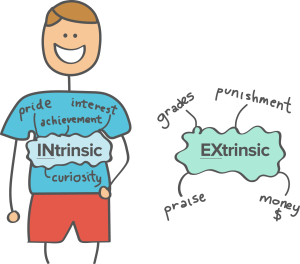

 *
* **
**

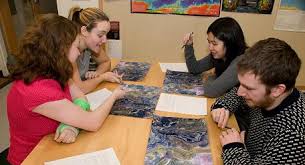

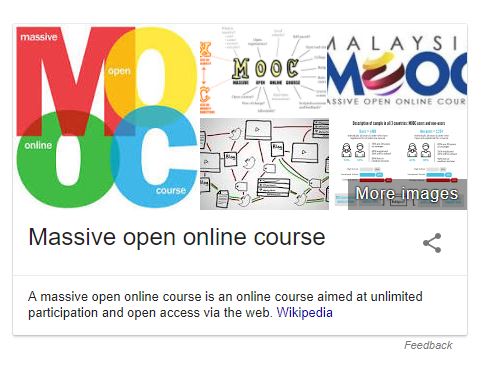
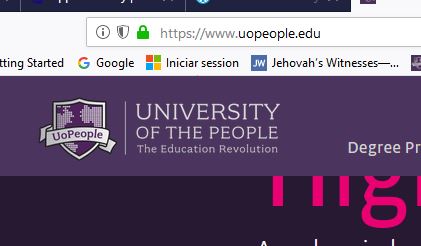

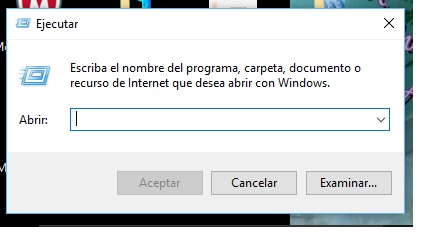
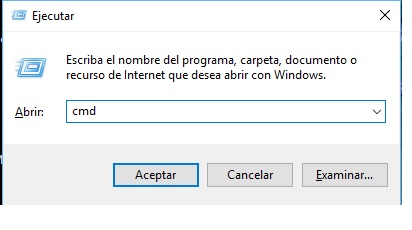
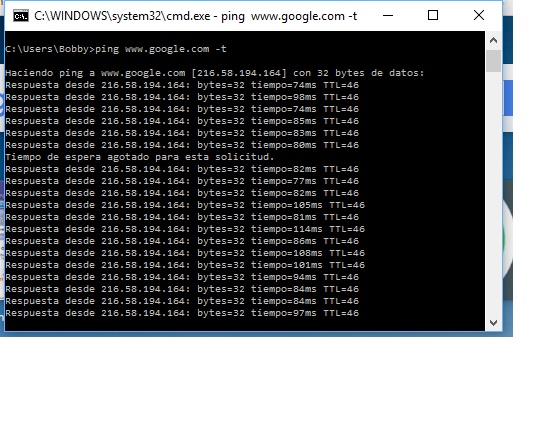
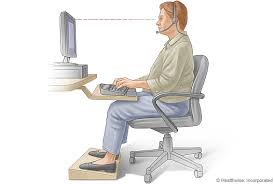




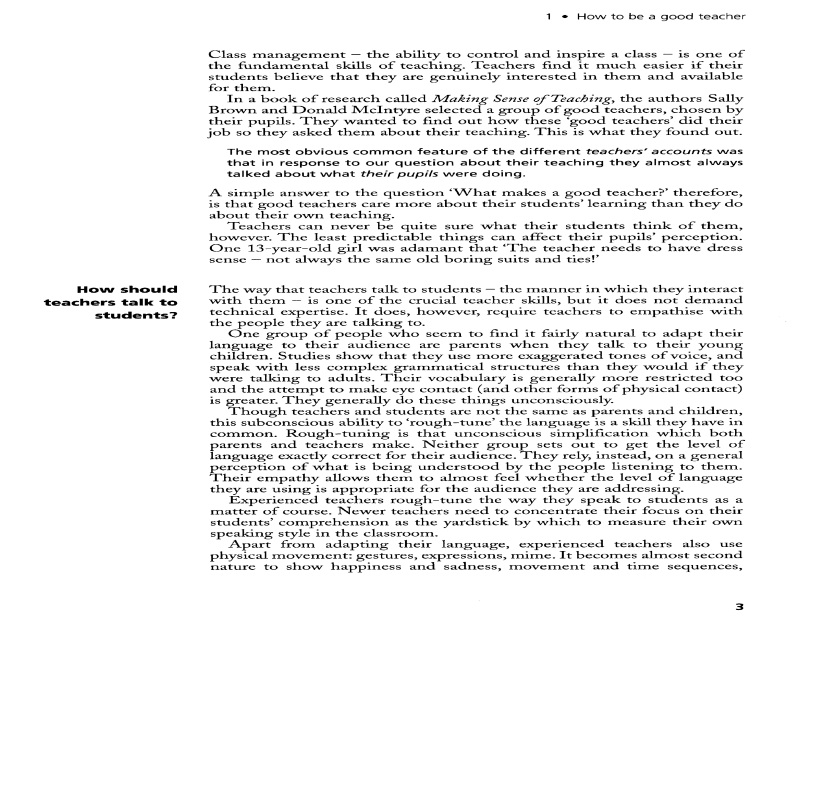

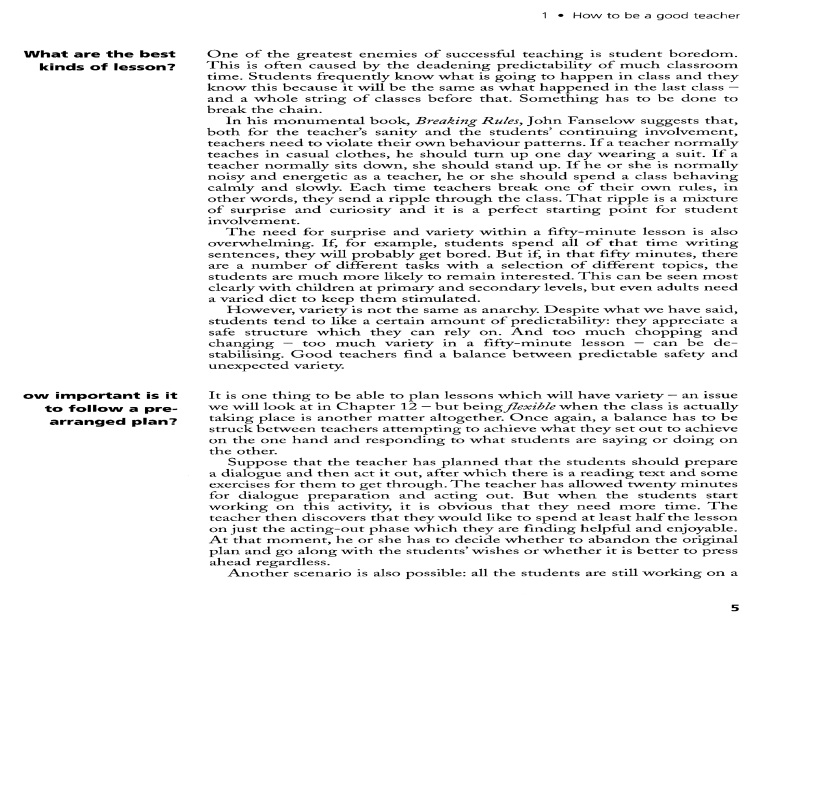
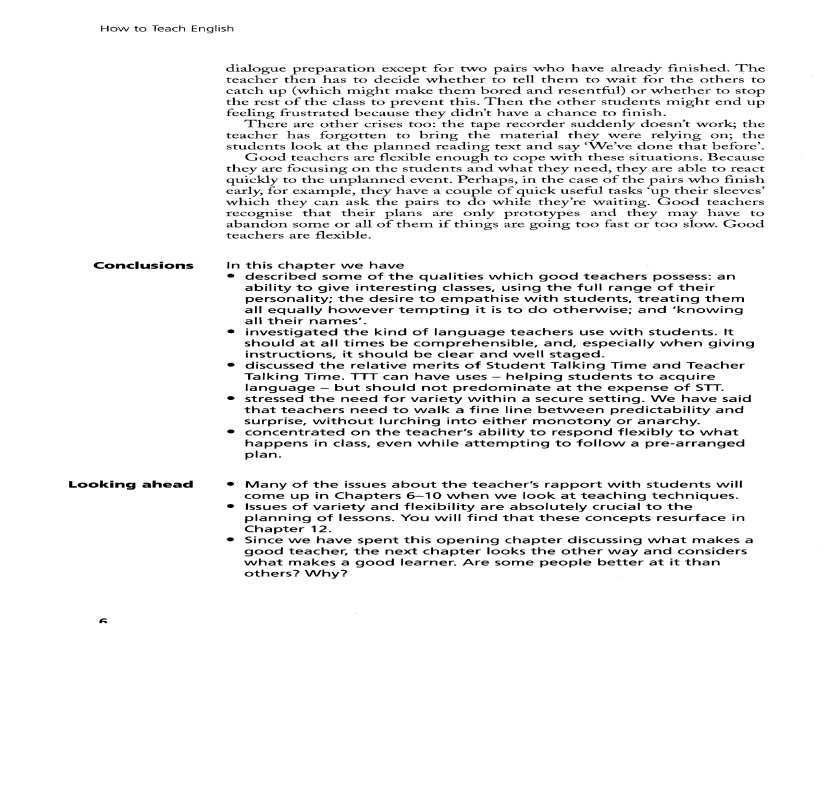


 Which one do you want to be?
Which one do you want to be?